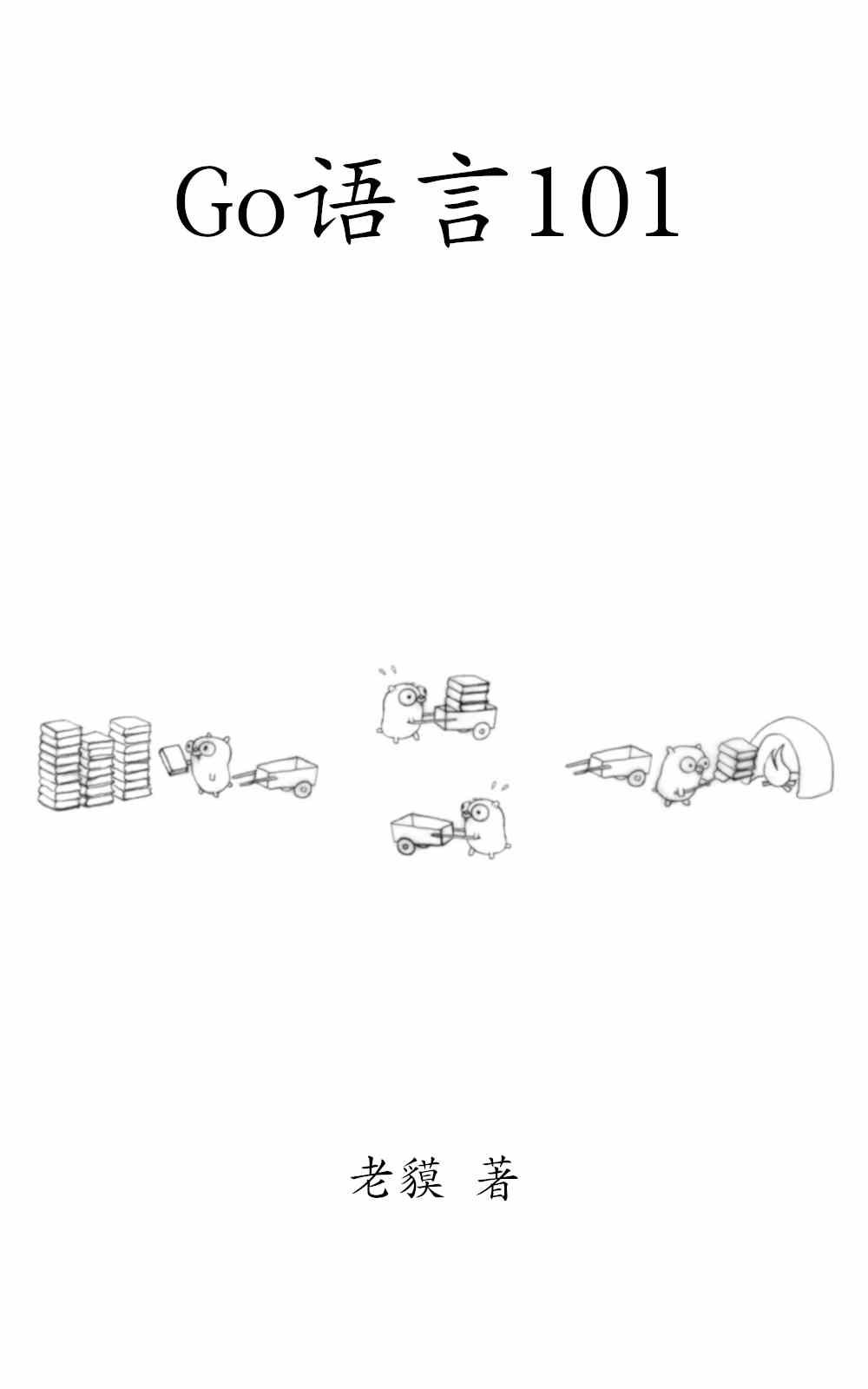本文摘自网络,作者,侵删。
看到 go/ast 源码包中有这么一段代码:
var objKindStrings = [...]string{
Bad: "bad",
Pkg: "package",
Con: "const",
Typ: "type",
Var: "var",
Fun: "func",
Lbl: "label",
}谷歌搜了一下,3 dots in 4 places 这篇文章介绍了“三点”语法在四个不同场景的使用。其中提到:
Array literals
In an array literal, the
...notation specifies a length equal to the number of elements in the literal.stooges := [...]string{"Moe", "Larry", "Curly"} // len(stooges) == 3
看完我还没反应过来,这跟 []string 有啥区别?后来才注意到 array 字眼,天天用 slice 都忘了 array 的存在。
[...]string 是 array,而 []string 是 slice。[...]string 是 [n]string 的便捷写法,n = arr 元素个数。
写段代码验证一下:
func main() {
a := [...]string{"a", "b", "c", "d"}
b := []string{"a", "b", "c", "d"}
atype := reflect.TypeOf(a)
btype := reflect.TypeOf(b)
fmt.Println(atype.Kind(), atype)
fmt.Println(btype.Kind(), btype)
}输出:
array [4]string
slice []string在这种常量场景用 [...] 还真是挺方便,修改元素个数,自动调整 array 长度。
至于为什么用 array 而不是 slice,应该是出于性能考虑,slice 封装自 array 之上,虽然使用便捷,但是数据结构更复杂,性能也更差。Go 源码作者真是细节到位。
你学废了吗?
本文来自:Segmentfault
感谢作者:.container .card .information strong
查看原文:Go 里面 [...]string{"a", "b", "c"} 加三个点是什么骚写法?
相关阅读 >>
大型迷惑现场之[]*t是什么?*[]t是什么?*[]*t又是什么?
更多相关阅读请进入《Go》频道 >>

Go语言101
一个与时俱进的Go编程知识库。




